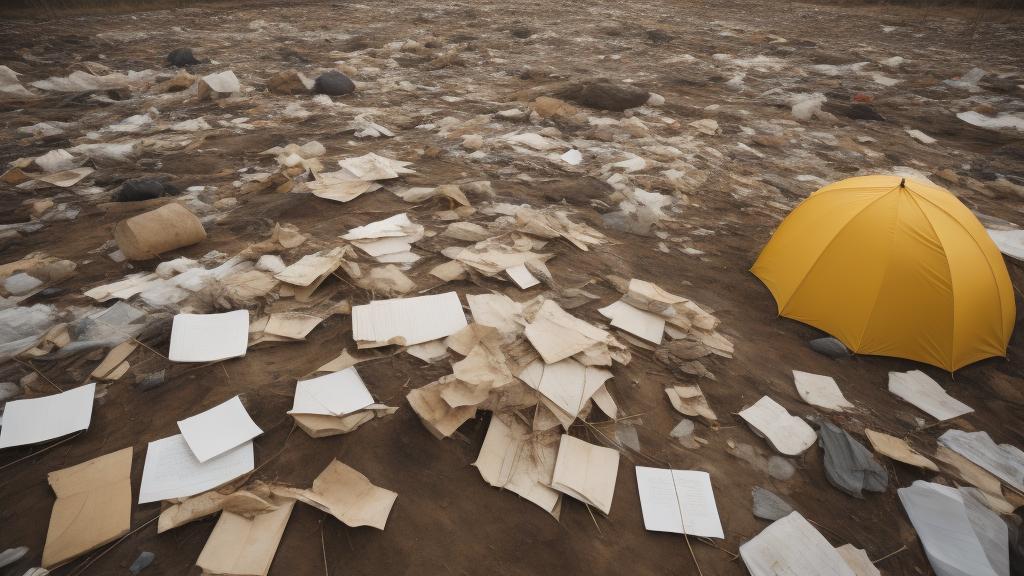In the past few years, designers have started incorporating eco-friendly materials into their collections. Stella McCartney has been a pioneer, creating luxe designs without leather, fur, or PVC. The use of innovative materials, such as mushroom leather and recycled ocean plastics, is no longer niche—it's becoming mainstream. These materials are often showcased on catwalks, signaling to the industry and consumers a new wave of fashion that's as kind to the earth as it is to the eye.
But sustainability isn't just about materials. The lifecycle of a garment is equally critical. Brands like Eileen Fisher and Patagonia are leading the charge with take-back programs. These initiatives encourage customers to return old garments, which are then upcycled, recycled, or repurposed, drastically reducing waste. Moreover, fashion giants like H&M are investing in recycling technologies and offering discounts to customers who recycle textiles.
Another crucial aspect of sustainability in fashion is water consumption. The production of cotton, for example, demands an enormous amount of water. Brands such as Levi's have made strides in reducing water usage through innovations in their denim production processes. Levi's Water
The consumer's role in sustainability cannot be underestimated. The rise of the conscious consumer has put pressure on brands to be transparent about their practices. Websites and applications dedicated to rating brands based on their sustainability efforts have empowered consumers to make informed choices. Moreover, the second-hand market is booming with platforms like Depop and ThredUp leading the way, making it cool to buy pre-loved items.
In addition, fashion shows have evolved. Events like Copenhagen Fashion Week now focus specifically on sustainable fashion. Here, designers not only showcase their creations but also engage in panel discussions about industry practices, sharing knowledge and resources to help others on their sustainability journey.
While we have made strides toward a more sustainable fashion industry, challenges remain. The fast fashion model, with its throwaway culture, still dominates the market. Fashion brands must balance the demand for trendy, affordable clothing with the need to protect our planet.
The journey towards sustainability in fashion is ongoing. It requires the collective effort of designers, brands, and consumers. As more stakeholders in the fashion ecosystem embrace sustainability, the hope is that it will become an integral part of every purchase, catwalk, and conversation.

